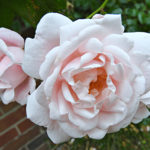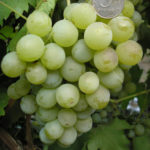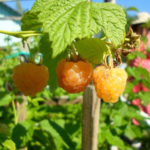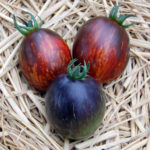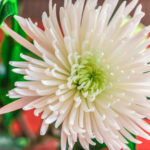Canadian spruce Daisy White
Canadian spruce has long and firmly occupied a significant part of the entire world market for conifers. They are often preferred for their unpretentiousness, durability, plasticity and versatility. Among the many varieties and cultivars, experts distinguish Koniku, known since the beginning of the last century. On its basis, many new varieties have been created, which cannot be called full-fledged varieties, but they differ significantly from their progenitor. One of them is the spruce Daisy White (Picea glauca Daisy’s White), which will be discussed.
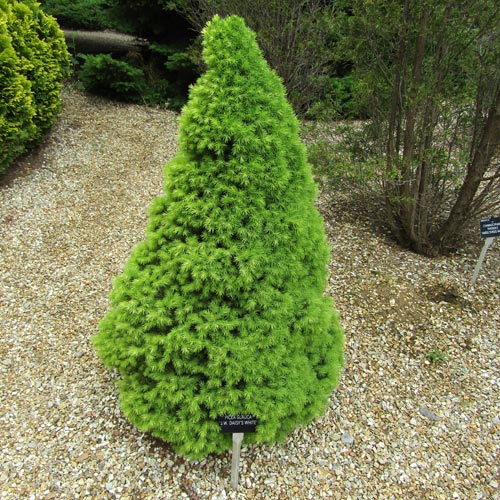
History of origin
The first tree was discovered in 1979 in one of the nurseries in Belgium, where the aforementioned "Koniki" were grown. Workers noticed a strange mutation in one specimen: it was unusually small, dwarf even compared to the maternal, by no means large form. But most importantly, the crumbs turned out to have an unusual color of young needles: light-light, yellowish-cream, almost white! Breeders could not pass by such a "gift" of nature. They began to propagate the tree by grafting, by selection, enhancing the natural mutation, and soon the resulting cultivar had already entered the European markets.
Description of appearance
Perhaps, we have already noted the main feature of this spruce. Its needles, especially when young, are unusually light, which is especially noticeable in early spring. Later, when the sun becomes more, the growth acquires a golden yellow color, and only in the second half of summer it becomes salad green, bright and juicy. Of course, such a transition of shades on one copy looks amazing!
The crown of our heroine is cone-shaped, miniature. By the age of ten, it grows at best one meter, but usually even less. Thanks to densely growing branches and dense, but soft needles, the spruce cone seems almost devoid of voids, as if molded from a greenish-golden material, slightly fragrant, pleasant to the touch.
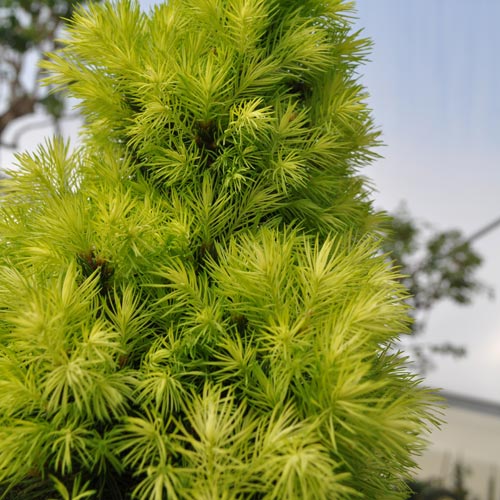
Use in landscape design
Of course, such a unique variety can be grown for various purposes. It is great as a hedge, it can fence off one section of the garden from others. And designers love to introduce Daisy White into group plantings. It gives them an uniqueness, because it is successfully combined with many plants, including flowering ones. The big advantage is that the spruce firmly tolerates street gas pollution and is able to grow in a big city.
It is often sold in pots as a tub plant for open loggias and balconies. If desired, such a small tree is easily taken to the garden, or transported to a suburban area.
Features of agricultural technology
Another advantage of Daisy White is unpretentiousness. Like all Canadian (gray) spruce, it is flexible and does not require special attention. Its frost resistance reaches 30 ° and even lower, but in summer the tree successfully withstands long hot days, while, however, needing increased watering and spraying.
Favorite soils are loam and sandy loam with a slightly acidic reaction. However, it can grow on many other lands, as long as they are not swampy and are well drained.
He prefers bright places, although he feels oppressed in areas that are too sunny, as well as in areas that are too shaded. Especially often gardeners are faced with spring burns of young growth. At this time, some specimens, especially young ones, require artificial shading.
Among small, compact conifers, this variety has few competitors, standing out for its exquisite color and ease of care.
